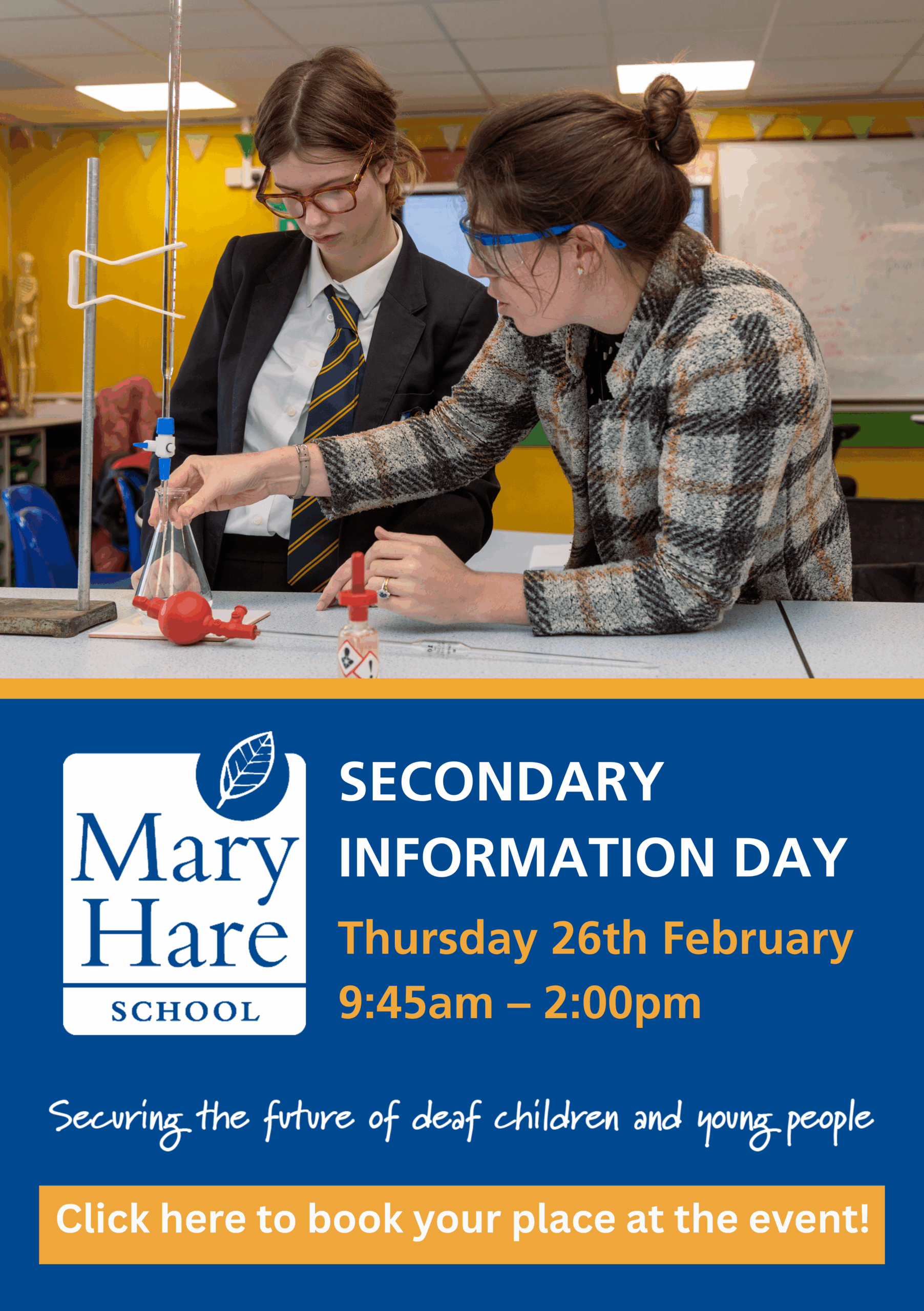Role description of a Region/Nation Committee Chair
| Role title
|
Region/Nation Committee Chair |
| Tenure
|
Two years with possibility of extension
|
| Time commitment
|
Committee meetings, events, AGM
Average two hours per month |
| Main purposes of role
|
• Provide for clear leadership and direction
• Ensure that debates are focused and balanced
• Enable decisions to be reached
• Ensure wellbeing of committee
• Arrange regular committee meetings/check-ins |
| Key tasks
|
• Run effective meetings including the annual general meeting
• Ensure discussions are held within some framework for debate, ie based on an agreed agenda and adhering to established ground rules, adhering to the Association’s Code of Conduct, policies, and protocols for how the activity should be conducted
• Involve discussion from all of those who wish to articulate a view, particularly where conflicting viewpoints are being expressed
• Allow participants to agree on the way forward and any further action that needs to be taken, eg for the allocation of resources to meet agreed priorities |
| Key outcomes
|
1. All committee members feel supported to fulfil their role
2. The business of the Association at a localised level operates effectively and in line with Association policy and practice
3. The localised context is represented and fed back to the National Executive Council
4. The professional knowledge and experience of the post holder is extended |
| Responsible for staff/equipment | N/A |
| Reporting to
|
NEC |
| Honorarium
|
N/A |
| Recommended knowledge and experience | • BATOD member
• QToD • Experience of facilitating meetings in paid role or other volunteer roles • Leadership skills • Tact and diplomacy • Good ‘people’ skills • Impartiality and the ability to respect confidences |
Meetings
| Before the meeting | During the meeting | After the meeting |
| Clarify the meeting’s objectives
Ensure that the right people are invited to attend Ensure that all necessary documents are produced Check the venue is suitably equipped and set out Develop some contingency plans for non-attendance Prepare yourself – mentally and physically. |
Create a good first impression – welcome people and clarify roles and responsibilities
Focus on what the meeting must achieve and be committed to the agenda Establish the ground rules Steer discussions in a structured way – manage the time and personalities Encourage a wide variety of views and opinions. |
Summarise key points – who will do what and by when
Ensure the minutes record key agreements, facts, opinions, or quotes Agree details for the next meeting Thank everyone for their contribution Ensure that follow-up takes place, ie progress on agreed action points. |


